Classic Callback: RESIDENT EVIL 4
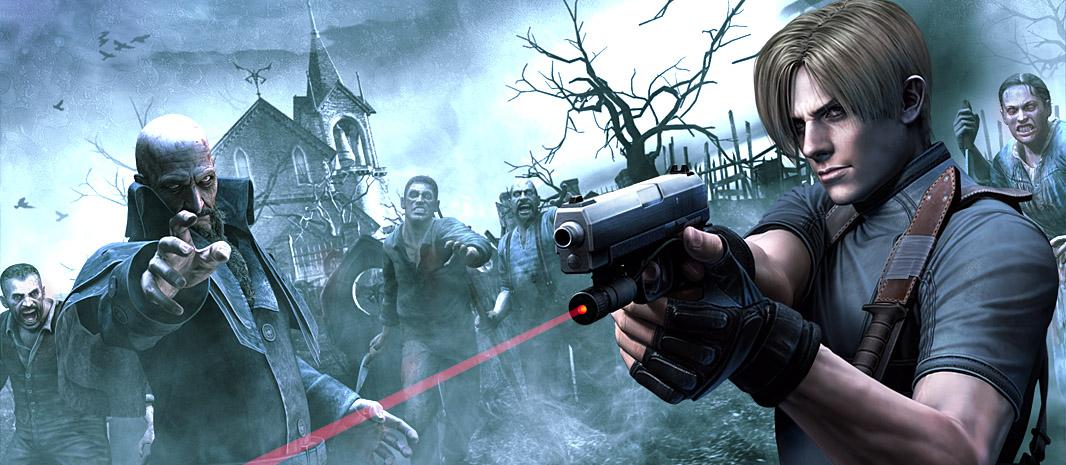
Why are there so many RESIDENT EVIL 4 retrospectives? For one, people keep writing them (and Our Lord Content hungers so), but there’s another reason, one that speaks to everything to love and loathe about playing it today: It’s impossible to play without contextualizing it in the history of gaming, which is also a way of saying it makes you wish you were playing a more contemporary game. That doesn’t exactly sound like a ringing endorsement, but hear me out.
Some history: RESIDENT EVIL 4 was a hail mary for the franchise after putting a series of disappointing prequel-midquel-sequel-kinda-sorta-maybe games between it and the last beloved entry. A long, rocky production process, which included at least three scrapped versions and one unintentional spin-off, furthered fan anticipation (and dread). As you can probably guess from the number of re-releases, RESIDENT EVIL 4 was a massive critical and financial success, praised for its atmosphere and the inception of the over-the-shoulder shooter, which unintentionally allowed Capcom to catastrophically disappoint fans even more in the years to come.
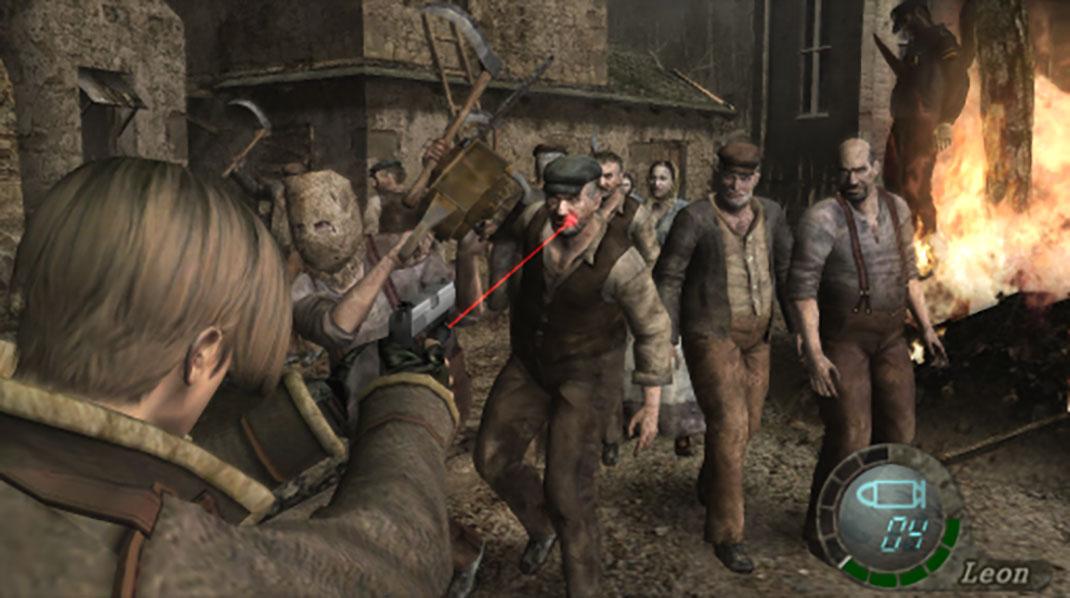
Fans storm Capcom HQ after the latest Resident Evil release
That was then. How about today? The only thing I knew about Resident Evil before playing the fourth was that I was sure it wasn’t the same franchise as those old House of the Dead lightgun arcade games. Pretty sure, anyway. Otherwise I entered completely cold.
Perhaps the best way to surmise my experience is that right around the time I got used to controlling a highly trained government agent (tragically born unable to walk sideways), thusly mastering the art of the headshot, a six-foot long prolapsed razor-anus thing began bursting from the necks of enemies I decapitated. Before, I was sure of one thing: Aim for the head. That’s how zombies are supposed to work, anyway. Not here. At its best moments, RESIDENT EVIL 4 makes a deliberate effort to not allow that kind of certainty.
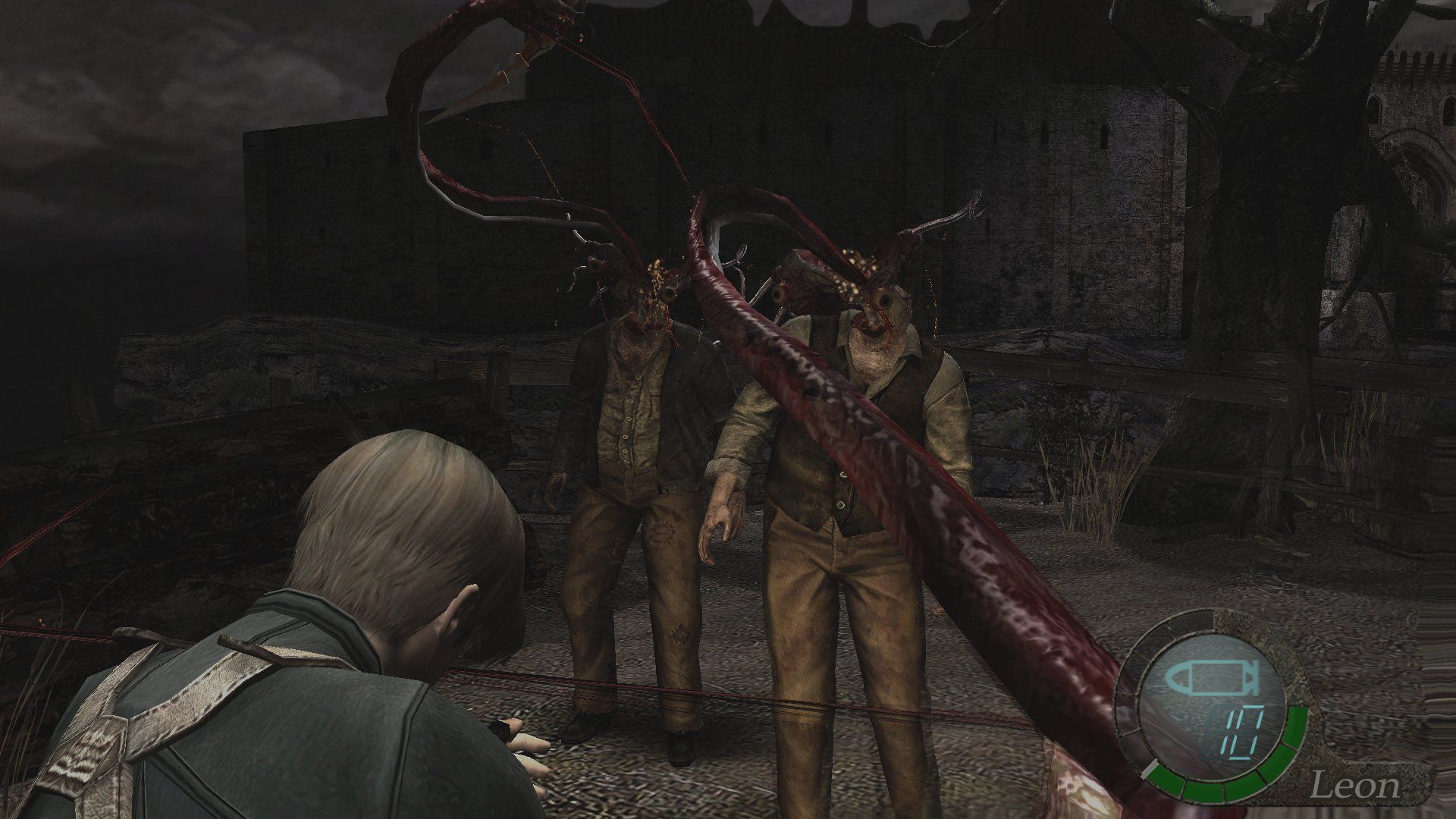
I’m sorry for slipping the word “prolapsed anus” into this innocent video game retrospective, but not as sorry as I am that my butthole fell out
Michael Thomsen writes of the first Resident Evil that “playing the game felt like wearing a straitjacket… its movement system was halting and cumbersome, and it used an incoherent array of fixed camera views, ensuring that even the basic rules for moving your character changed every few seconds, even during crises.” Although RE4 made the franchise more action-oriented than ever before, it’s this same confining sensation, as the janky start-stop design evokes the most fear in the player, especially when it’s been spoiled by the fluidly immersive action games of today. In a sense, RESIDENT EVIL 4 has become even scarier with time.
As for how the story holds up. Well… it can take a bit of work on your part to “get.” Part of me even had to wonder if the praise heaped on the story in other reflection pieces was coming more from the fact of the retrospective than actual quality. But the truth is that if it seems like there’s not much depth, it’s because the game isn’t necessarily about that. After the the third or fourth horrific twitching flesh-bone thing you’ve stabbed out of the skin of what was once a person, the game as a story about surfaces starts to really make sense.
In any case, it’s just damn fun. The story never evolves deeper than in Leon’s introduction, a pretty boy Quarterback/Secret Agent trading hilariously forced quips with two Spanish cops that might as well have “suspicious” and “bad foreigner” stamped on their foreheads. While the dialogue is goofy, it wouldn’t be nearly as enjoyable without confusingly fantastic voice acting. Something about the way Paul Mercier delivers lines like “I know you boys didn’t tag along so we could sing ‘Kumbaya’ together at some Boy Scout bonfire — then again, maybe you did ” will make you want to believe every word. You won’t, but you’ll still want to.
https://www.youtube.com/watch?v=o7BtSPDuGJc&app=desktop
In general, the story and the characters all come cut from a hyperrealistic cloth. It’s Grand Guignol by way of 80s action film (or rather, bursting in a cloud of gore from its gleaming, muscled chest). At the end of play, the story as an aesthetic freakshow is what stays with you. Though sinking over twenty hours into something this, shall we say, emotionally light, can leave you feeling more than a little empty yourself by the end, the story is perfect for a couple weekends with friends to pass the controller and share in the ridiculousness.
So I believe the real measure of the game’s retrospective ability is in its gameplay. What sticks out after all these years, though, is not its “revolutionary” over-the-shoulder perspective, but how the game uses that perspective to make you conceptualize an environment. The player-controlled POV is a burden more than anything, one creatively offset by faster gunplay. But otherwise your playthrough is still all about one simple thing: movement through a space. You need to get from A to B while either evading the hordes of Cs or hitting them with your very limited amount of Ds. You’re essentially a key in search of a lock.
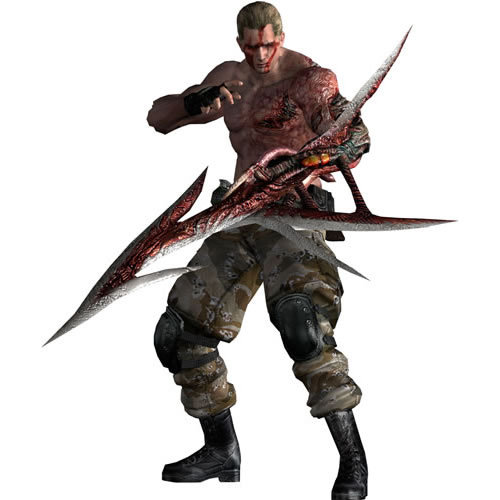
A critique of American Exceptionalism, probably
The best way of conceptualizing this is by looking at the game’s undeniable highlights — the boss fights. The Big Bad Guy as an environment might be a defining aspect of other games, translating puzzle mechanics and a test of player skill into an actual character who embodies plot or emotional elements of the story. Everything to love about RESIDENT EVIL 4 lives in the quivering bodies of its many bosses. There is a legitimate artistry to the craft here. For instance, those razor-anuses I mentioned earlier? They exist not only as a clever twist on gameplay convention, but as an ingenious player training tool. You will now visually associate red flappy tendons with both danger and weak spots, something the game will call back to in many (increasingly insane) forms. Also, it primes you to feel that enemies are always potentially in states of transformation, a truly horrific concept. One such enemy, a stony-faced, buff cult man, turns out to be, naturally, a half-chittering centipede. Using what you’ve learned about the game so far, you keep your distance and aim for the red. And that works great… until the top half of centipede-man splits off and starts swinging from the rafters.
Boss battles also exploit the action mechanics for all their cinematic muster, most notably through the implementation of quicktime events, another innovation RESIDENT EVIL 4 brought to the medium. QTEs have become notoriously tedious today, but something about RESIDENT EVIL 4’s employment of them in such a game-y way just works. It might just be the nature of me looking back from the now, but I don’t buy the QTEs as a presentationally immersive tool. Watching Leon do death-defying stunts doesn’t pull me in. The “immersive” element of the QTE is in the ways it locks you into the puzzle, literally synchronizing you to the motions of play. At least in this case, the original really does do it best.
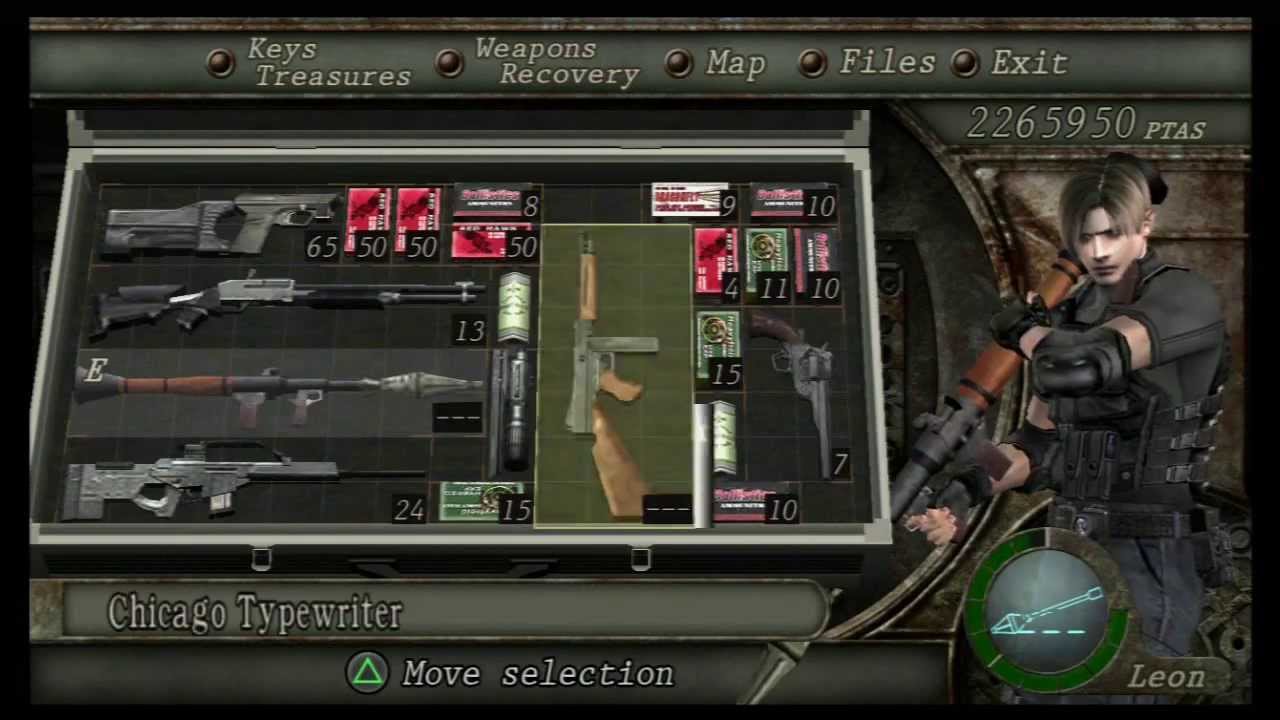
Even inventory management forced you to think how exactly you pack an entire arsenal into your luggage
In her retrospective on the entire history of the series, Liz Finnegan puts it this way: “The most defining aspect of Resident Evil is, and always has been, its ability to define and redefine how we look at video games. If Capcom wants to continue doing that, then it is time to redefine how we look at Resident Evil.” I don’t think what made RESIDENT EVIL 4 great was ever its action. More specifically, that action was always in service of the puzzle. The action added the sensation of speed and cinematic drive to what was still a game about making careful moves on a board. If the falling popularity of the later, faster, even more shoot-ier games are any indicator, the creators themselves didn’t really grasp or care to follow through with that original ethos. But 11 years later, you can play RESIDENT EVIL 4 for a necessary reminder that even the best action games, no matter how immersive, are still just prettified puzzles.
Resident Evil 4 is available on GameCube, PlayStation 2, Xbox 360, PlayStation 3, Wii, Xbox One, PlayStation 4, PC, and Mobile.

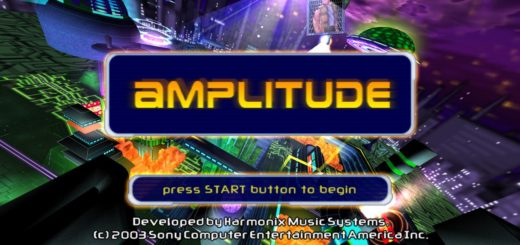

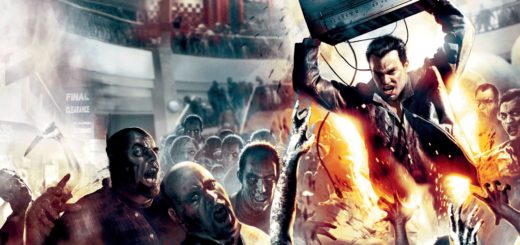
1 Response
[…] for Mikami, the man who already revolutionized horror, nay, gaming, twice with RESIDENT EVIL and RESIDENT EVIL 4. For the game to be anything other than mindblowing would have been considered a […]